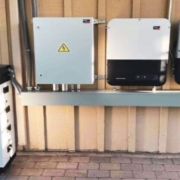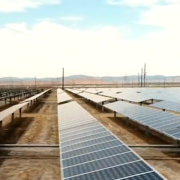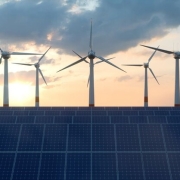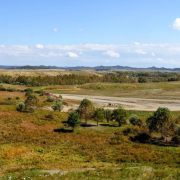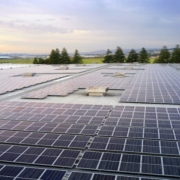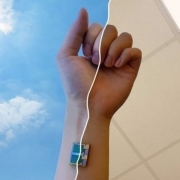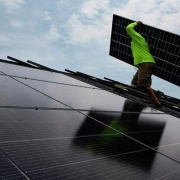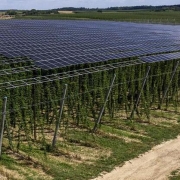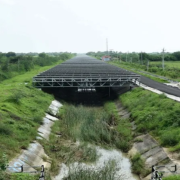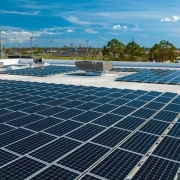The California Energy Commission (CEC) approved on July 26 a new program that would tap into thousands of distributed solar-charged and standalone batteries located at homes and businesses throughout the state to meet the state’s growing electricity needs, particularly on hot summer evenings.
The concept is sometimes called a “virtual power plant,” and it is now featured in an innovative new part of the CEC’s Demand Side Grid Support program. The program would allow fleets of customer-sited batteries to be remotely dispatched when demand for electricity is at its highest, the grid most stressed, and energy prices through the roof. Energy prices rise when supplies are tight, like in a heat wave when demand for electricity spikes to keep air conditioners running. Bringing fleets of batteries online during these high-price events will help respond to grid emergencies, avoid power outages, help lower prices for all ratepayers and ultimately avoid grid emergencies in the first place.
Click here to read the full article
Source: Solar Power World
—
If you have any questions or thoughts about the topic, feel free to contact us here or leave a comment below.

